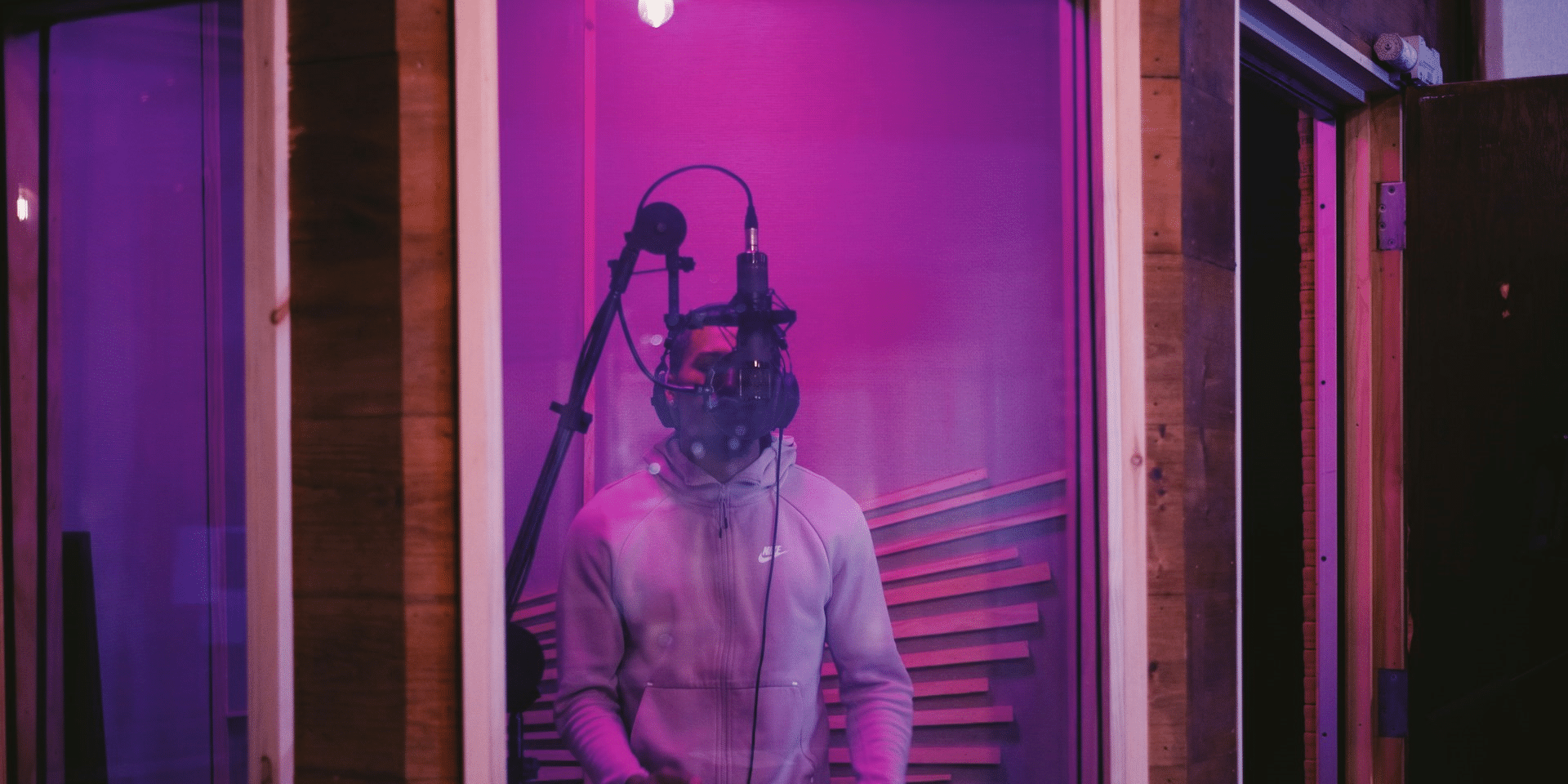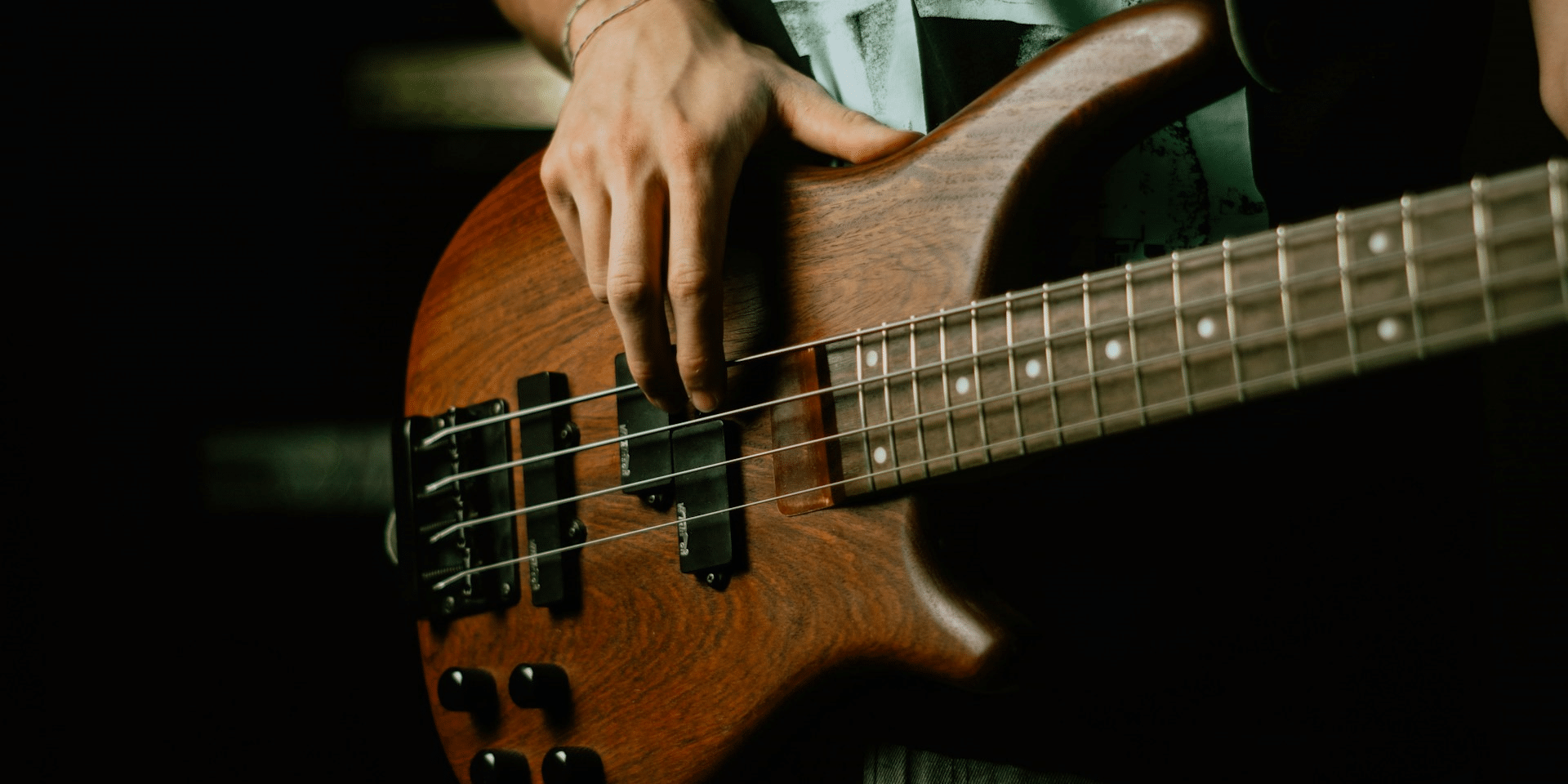Museums That Bring History to Life
Museums offer more than a quiet walk through rooms filled with artifacts. For many, they’re gateways into worlds long gone. The best history museums do more than store objects—they tell stories, provoke questions, and connect the past to the present in powerful ways. With every exhibit, they invite visitors to not just see history, but feel it. As interest in cultural preservation grows, museums continue to evolve, making the past more accessible and engaging than ever.
Read Also: How the Man-Bun Became Popular
How Do Museums Make History Feel Real?
History often feels abstract when it’s presented through dates and names alone. Museums change that. By curating real artifacts, immersive displays, and interactive installations, they make history tangible. A visitor might stand inches from a medieval suit of armor or walk through a re-creation of a 1940s street. These details create emotional connections that textbooks can’t match.
The power of physical presence—seeing the stitching on an old uniform or the faded ink on a handwritten letter—adds layers of meaning. It’s in those small, authentic moments that visitors begin to connect their own lives to those who lived centuries ago. This is where museums shine: they make history human.
What Role Do Museums Play in Education Today?
Museums are no longer passive spaces for silent observation. They have become active learning environments that serve schools, families, and lifelong learners. Through workshops, guided tours, and hands-on exhibits, museums are teaching history in ways that feel alive and relevant.
In classrooms, history can feel distant. But when students step into a museum, they often experience a shift. Seeing real artifacts helps them visualize historical events more clearly and understand the context behind them. Museums also support diverse perspectives, often featuring stories from underrepresented groups that help paint a fuller picture of the past.
Many museums now offer digital exhibits, allowing people to explore history from anywhere. These online experiences often include virtual tours, video interviews with experts, and access to digitized collections, making it possible for anyone to engage with history regardless of location.
Why Are Museums Important for Preserving Culture?
Museums are cultural guardians. They preserve, protect, and present objects that carry historical, artistic, and social significance. Without them, many stories and artifacts might disappear. But museums do more than save items—they contextualize them, ensuring that their meaning is passed down through generations.
Each museum chooses what to exhibit and how to present it. This responsibility shapes the narratives people grow up with. Museums influence how societies understand their past, and they have the power to correct myths, fill in gaps, and highlight overlooked truths. This is especially important in countries with complex histories or diverse communities.
Preservation also involves ongoing care. Artifacts must be protected from decay, natural disasters, and even political shifts. Museums use advanced conservation techniques to make sure objects remain stable and can be studied and appreciated for years to come.
How Are Museums Evolving in the Modern Age?
Museums are not frozen in time. In recent years, they’ve taken bold steps to become more inclusive, interactive, and socially aware. Today’s institutions aim to engage diverse audiences, address current issues, and reflect changing values.
One major trend is the move toward storytelling-driven exhibits. Museums are focusing less on objects alone and more on the people and stories behind them. This shift has led to more emotional and immersive experiences, often with audio recordings, personal testimonies, and multimedia presentations.
Another change is the integration of technology. Augmented reality and interactive screens help visitors dive deeper into historical content. Digital labels, apps, and touchscreen maps guide visitors at their own pace and provide additional context when needed.
Museums are also responding to calls for accountability and inclusion. Many are reassessing how they present colonial histories and are working with communities to rethink displays. Some institutions have even begun returning cultural artifacts to their countries of origin as part of broader ethical efforts.
What Makes a Museum Visit Truly Memorable?
A memorable museum visit goes beyond facts. It’s about the feeling you leave with—the new perspective, the moment of wonder, or the unexpected connection to a piece of history. Often, it’s not just what’s on display, but how it’s presented.
Lighting, sound, layout, and even scent can play a role in shaping the visitor’s experience. Some museums use dramatic lighting to highlight artifacts, while others replicate environments—a battlefield trench, a pharaoh’s tomb—to fully immerse guests.
But it’s also about personal reflection. The most powerful exhibits often pose questions or invite visitors to think critically. They don’t just inform—they challenge and inspire. This emotional engagement stays with people long after they leave the building.
Read Also: The Rise of Family Performances: How Artists Are Bringing Loved Ones to the Stage
Museums and the Ongoing Story of Us
Museums are not just about the past. They are part of an ongoing conversation about identity, memory, and what we choose to value. Every exhibit is a curated decision about which voices to highlight and which stories to tell.
In a rapidly changing world, museums provide space for reflection, dialogue, and discovery. They connect generations, spark curiosity, and serve as bridges between cultures. As they continue to adapt and expand, museums will remain essential in shaping how we understand both our history and our shared future.

















